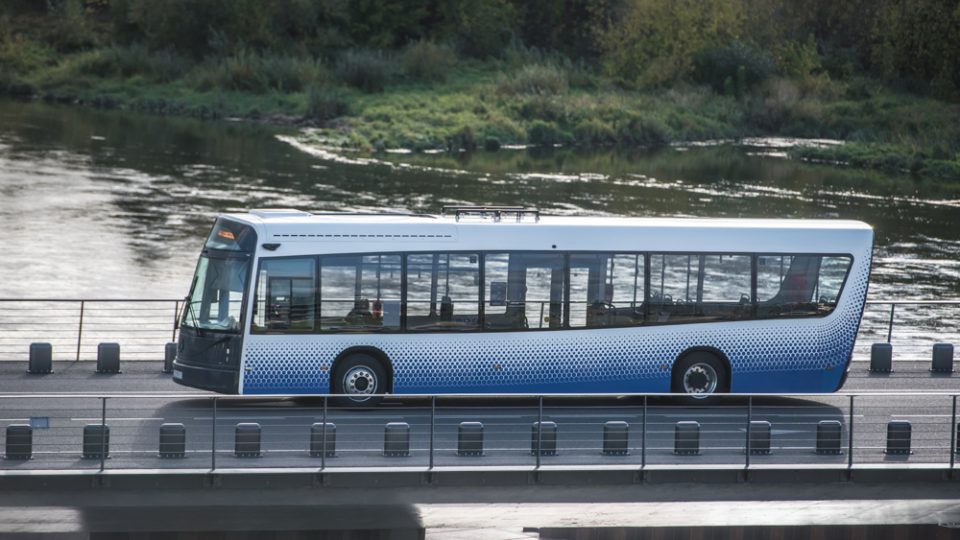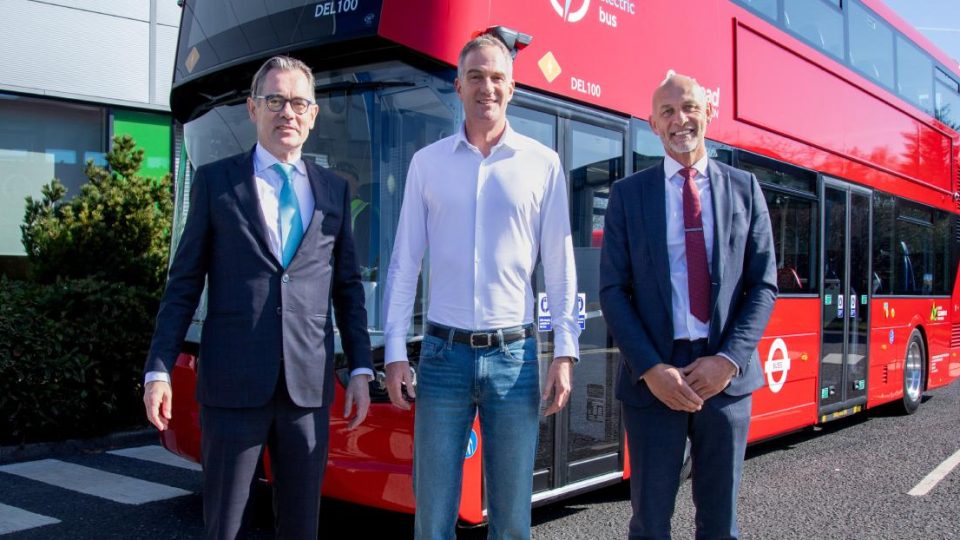Bus and coach drivers’ shortage grew 54% in 2023, IRU calculates. 80% of operators face difficulties filling positions
Europe’s bus and coach driver shortage widens 54%, according to IRU. 105,000 driver positions are missing, 10 percent of the total professional driver population. Over 80% of bus and coach operating companies face severe difficulties to fill driver positions. And driver shortages are forecast to more than double in five years, reaching 275,000. The above-mentioned […]

Europe’s bus and coach driver shortage widens 54%, according to IRU. 105,000 driver positions are missing, 10 percent of the total professional driver population. Over 80% of bus and coach operating companies face severe difficulties to fill driver positions. And driver shortages are forecast to more than double in five years, reaching 275,000. The above-mentioned figures come from IRU briefing on “Driver Shortage Report 2023 Passenger – Europe“, just published.
Over 1.2 million bus and coach drivers are set to retire in the next five to ten years, while the rate of newcomers is significantly lower.
In a previous Intelligence Briefing out in November 2022 IRU wrote that “In 2021, there were 12,000 unfilled bus and coach driver positions, among the countries studied. Demand for drivers increased continuously (+43%) between January and September 2022. The bus and coach driver shortage is expected to significantly worsen in 2026.
Bus and coach drivers are missing: IRU report
The 105,000 open positions in Europe represent an increase of 54% since 2022, impacting services for millions of users. The bus and coach sector’s post-COVID growth has increased demand for drivers and over 80% of operators are facing severe, or very severe, difficulties filling positions.
The problem is particularly acute for regional bus, scheduled long distance and tourism coach services.
IRU Secretary General Umberto de Pretto said, “Transport operating companies across Europe are struggling to find drivers. Services are already being interrupted due to a lack of drivers. The shortage of bus and coach drivers has increased by 54% since last year, but what is even more concerning is the low rate of young people entering the profession in comparison to the high rate of older drivers retiring,”
Third-country drivers access should be facilitated
Only 16% of bus and coach drivers are women, below both the overall transport industry (22%) and working population (46%) average. The profession also has an ageing population. Less than 3% of bus and coach drivers in Europe are below 25 years old, while more than 40% are over 55.
Countries with a surplus of professional drivers could also help cover the gap. Currently, only 5% of bus and coach drivers in the EU are non-EU nationals. The access of qualified third-country drivers to the profession in Europe should be facilitated, according to the organization.
“The bus and coach driver profession offers an opportunity to reduce youth unemployment while increasing the number of essential workers. Governments and the industry must work together to defuse this demographic timebomb,” said Umberto de Pretto.







